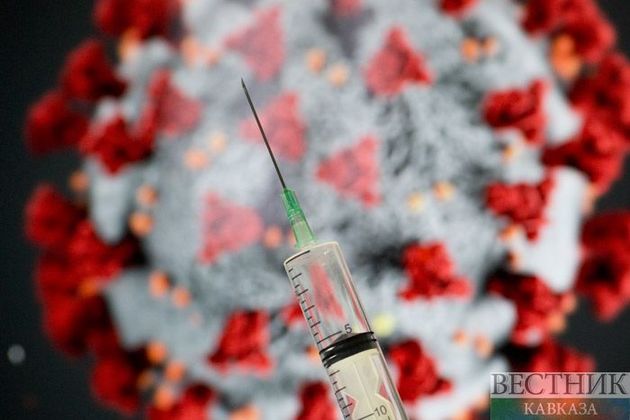A World Health Organisation expert investigating the origins of COVID-19 says his team has uncovered “important clues” about a Wuhan seafood market's role in the outbreak, Bloomberg reported.
Peter Daszak, a New York-based zoologist assisting the WHO-sponsored mission, said he anticipates the main findings will be released before his planned Feb. 10 departure. Speaking from Wuhan, where Covid-19 mushroomed in December 2019, Daszak said the 14-member group worked with experts in China and visited key hot spots and research centers to uncover "some real clues about what happened."
Investigators want to know how the SARS-CoV-2 virus - whose closest known relative came from bats 1,000 miles away - spread explosively in Wuhan before causing the worst contagion in more than a century. Daszak said the investigation heralds a turning point in pandemic mitigation.
"It’s the beginning of hopefully a really deep understanding of what happened so we can stop the next one," he said over Zoom. "That’s what this is all about - trying to understand why these things emerge so we don’t continually have global economic crashes and horrific mortality while we wait for vaccines. It’s just not a tenable future."
"We really have to cover the whole gamut of key lines of investigation," Daszak said. "To be fair to our hosts here in China, they’ve been doing the same for the last few months. They’ve been working behind the scenes, digging up the information, looking at it and getting it ready."
The work has been "collaborative," with Chinese counterparts helping mission investigators dig deeper for clues, he said.
Mission delegates worked in three groups that focused on the potential involvement of animals, the epidemiology or spread of the disease, and the findings from environmental sampling. Genetic sequencing data are helping investigators identify threads linking the information across patients and wildlife, Daszak said.
“My feeling is we will be able to say something of some value at the end of this trip -- quite a lot of value, but I don’t want to get into what that’s going to be or which way it points,” he said, adding that the group’s findings are confidential until they are released publicly.
Daszak, who was focused on the animal side, said his trip to the Huanan fresh produce market in central Wuhan was especially useful.
Subsequent research found earlier cases among people not linked to the market, undermining that theory. Investigators looked further and found "important clues" about the market’s role, Daszak said, declining to elaborate.
"Right now, we’re trying to tease everything together," he said. "We’ve looked at these three strands separately. Now we’re going to bring it together and see what everything tells us."
While the food market was shuttered and cleaned almost immediately after cases were recognized, "it’s still pretty intact," Daszak said. “People left in a hurry and they left equipment, they left utensils, they left evidence of what was going on, and that’s what we looked at."
"We know now what we didn’t know then - that for every sick case, there were others that were asymptomatic or difficult to distinguish from a cold or cough," Daszak said. "And so it’s not unexpected that there would have been other cases other than ones that got into hospital. But how many others, when did this start? That’s the sort of thing we’re still working on."
Viruses are passed along "convoluted rivers of emergence" and tracing that journey is complicated and will take "a really long time," Daszak said. "What I have seen already tells me that there are some real clues about what happened, and I hope that we’ll be able to make a solid explanation of that by the end of this trip."






